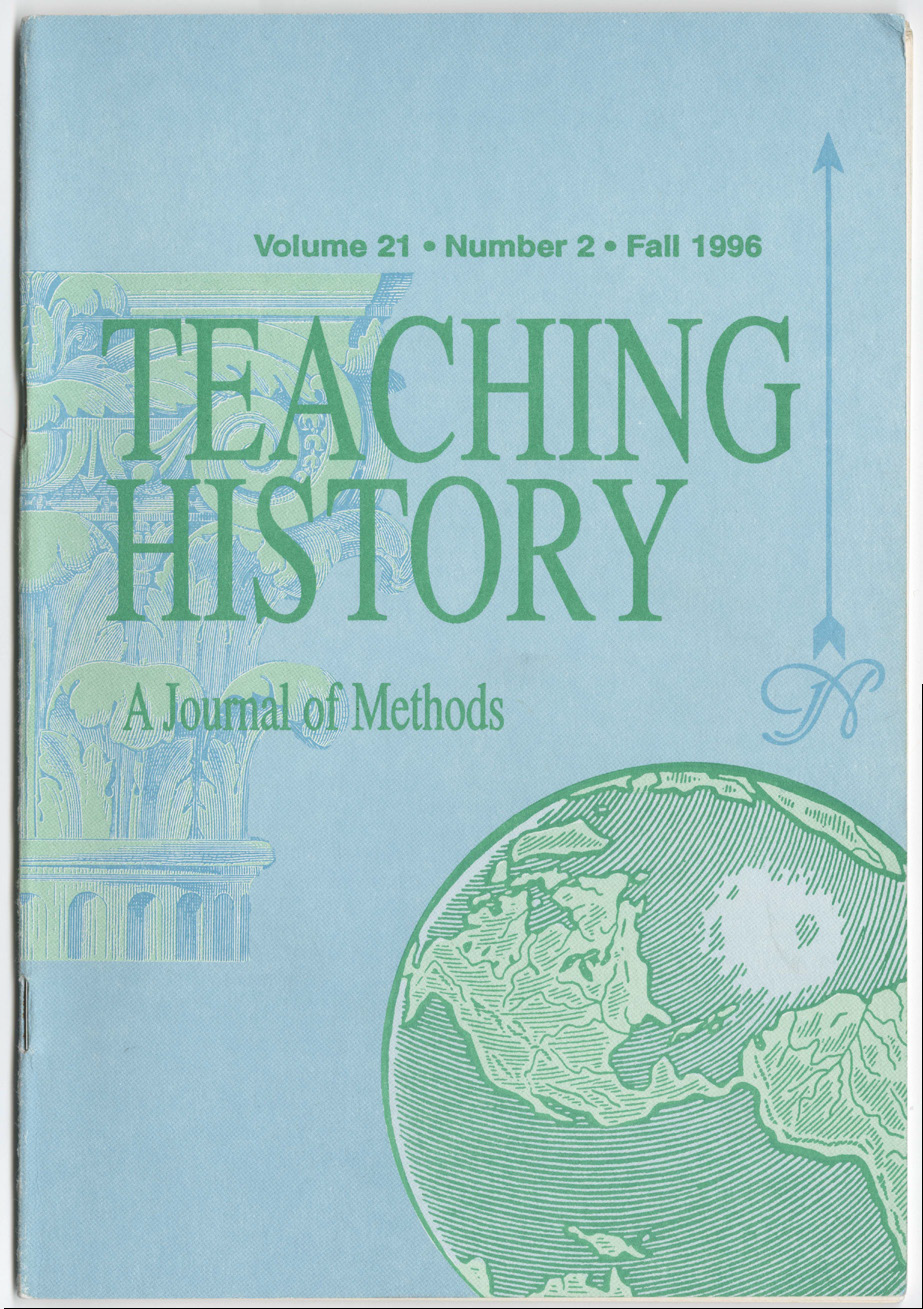The Utilization Of Footnotes In Historical Writing
A Disciplinary Perspective
DOI:
https://doi.org/10.33043/TH.21.2.86-90Abstract
Last year a student in my senior research seminar in history, frustrated by the intricacies of citing sources properly, asked what must be one of the most vexing questions of our discipline. Why not use simpler systems such as in-text citations preferred by other disciplines? Why spend so much time worrying about the natural order of a footnote (or endnote) and the alphabetical order of a bibliography? Why do we need to be so concerned over abbreviations, shortened titles, or the use of ibid., the one remaining Latin abbreviation, when they are not even necessary? And why bother with all this debate over primary and secondary sources and, beyond that, whether they are even good primary or secondary sources? Why judge a paper by all the appendages, such as footnotes, sources, and bibliography, especially when most of the information could be incorporated into the text? And what about Kate Turabian 's manual? It's too general, too confusing, and , moreover, the professional journals follow their own guidelines that might agree (or disagree) with Turabian on key points. Does all this prove that history, like its subject matter, really is stodgy, out-of-date, that it is an archaic discipline seeking to impress by accessories rather than persuade by narration?
Downloads
Downloads
Published
How to Cite
Issue
Section
License
Copyright (c) 1996 Milton Ready

This work is licensed under a Creative Commons Attribution-NonCommercial-NoDerivatives 4.0 International License.
By submitting to Teaching History, the author(s) agree to the terms of the Author Agreement. All authors retain copyrights associated with their article or review contributions. Beginning in 2019, all authors agree to make such contributions available under a Creative Commons Attribution-NonCommercial-NoDerivatives 4.0 International license upon publication.



